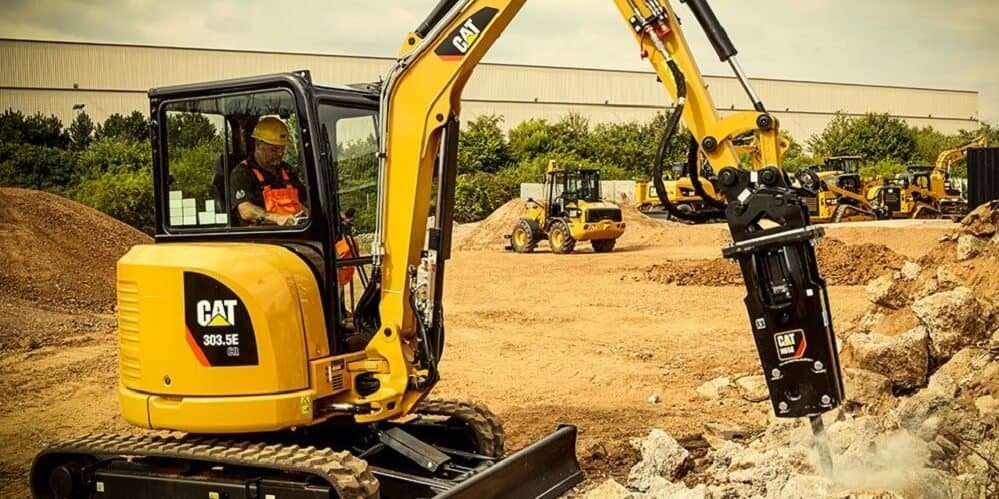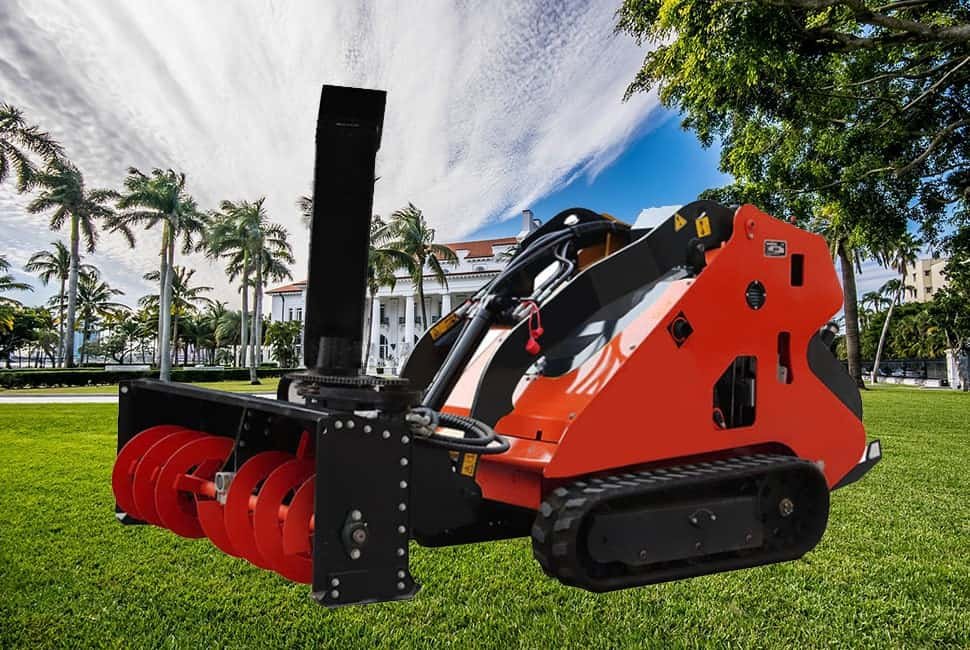مقدمة
Mini excavators and midi-excavators are like the superheroes of construction sites, and today, we’re here to help you become a mini and midi excavator detective! These mighty machines تعال بأحجام مختلفة ولديها وظائف محددة هم رائعون فيها.
تخيل استخدام رافعة عملاقة لوظيفة تحتاج إلى لمسة صغيرة ودقيقة - لن تنجح ، أليس كذلك؟ هذا هو السبب في أن معرفة كيفية تحديد هذه الآلات بصرف النظر أمر مهم للغاية.
سوف يعلمك هذا الدليل تحديد حفارة Mini و Midi ، حتى لو لم ترَ واحدة عن قرب. سنقوم بتفكيك أحجامها وأشكالها وما يستخدمونه. بالإضافة إلى ذلك ، سنتحدث عن البقاء آمنًا حول هذه الأدوات القوية وضمان العناية بها جيدًا. لذلك ، دعنا نغوص ونصبح خبراء الحفريات المصغرة والميدي!
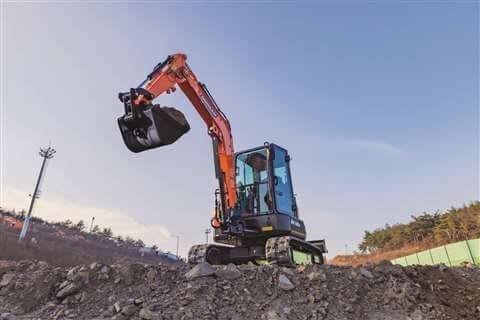
MIDI Excavator vs Mini Excavator: فهم أنواع الحفريات
تصنيف الحفارات
تأتي الحفارات بأحجام مختلفة وتسقط في اثنين الفئات الرئيسية: حفارات صغيرة وحفارات ميدي.
حفارة صغيرةق
فكر في الحفارات المصغرة كأعضاء "صغيرون ولكنهم أقوياء" في عائلة الحفارة. إنها مضغوطة وخفيفة الوزن ، مما يجعلها مثالية للمساحات الضيقة والوظائف الأصغر. الحفارات المصغرة تشبه علب معدات البناء. عادة ما تكون أقل من 6 أطنان ، مما يجعلها سهلة النقل والمناورة.
حفارة ميدي
وعلى العكس من ذلك ، فإن المنافسات المتوسطة أكبر قليلاً من الحفارات الصغيرة ولكنها ليست ضخمة مثل الحجم الكامل. إنهم مثل خيار الأرض المتوسطة ، حيث يوفر المزيد من الطاقة والوصول أكثر من الحفارات المصغرة بينما لا يزالون متعدد الاستخدامات. تتراوح ما بين 6 و 10 أطنان بشكل عام بين 6 و 10 أطنان ، مما يمنحهم توازنًا في القوة وخفة الحركة.
الاختلافات الرئيسية بين حفارة صغيرة وحفر ميدي
ركز على بعض الاختلافات الرئيسية لإخبار الحفارات الصغيرة وحفارات MIDI.
الحجم والوزن
الحفارات الصغيرة صغيرة مقارنة مع حفارات MIDI. تتناسب تلك المصغرة مع مساحات ضيقة ، في حين أن حفارات MIDI أكثر حمظًا ولكن لا تزال قابلة للإدارة. وزن هذه الآلات هو هبة كبيرة ، مع الحفريات الصغيرة تكون أخف بكثير.
قوة المحرك
فكر في قوة المحرك باعتباره قلب هذه الآلات. الحفارات الصغيرة لديها محركات أصغر ، في حين أن حفارات MIDI لديها تلك البطيء. يتيح لهم المحرك الأكثر قوة في Midi-excavators التعامل مع المهام الكبيرة.
الاستخدام والتطبيقات
الحفارات الصغيرة تشبه أدوات البناء الدقيقة. إنها ممتازة لمهام مثل حفر الخنادق أو المناظر الطبيعية في مناطق صغيرة. إن Midi-excavators ، بقوتهم الإضافية والوصول إليها ، مناسبة بشكل أفضل للوظائف الأكبر مثل حفر الأسس أو تحريك المواد الثقيلة.
اعتبارات التكلفة
عادة ما تكون الحفارات المصغرة من حيث التكلفة أكثر ملاءمة للميزانية لأنها أصغر ولديها طاقة أقل. تميل Midi-excavators ، بميزاتها الإضافية ، إلى أن تكون أكثر حماية.
إن فهم هذه الاختلافات يشبه امتلاك رمز سري لفك تشفير أي حفارة مناسبة للوظيفة ، مما يجعلك معدات البناء محترفة!
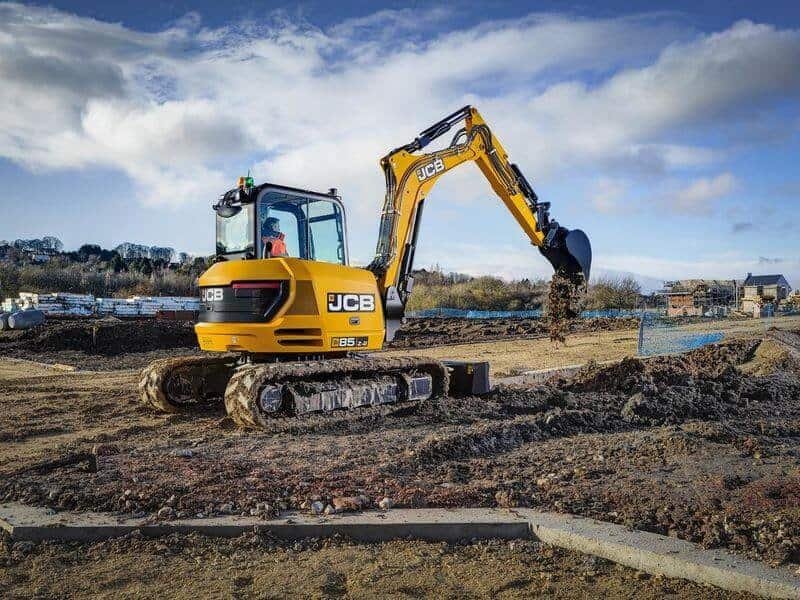
تحديد الحفارات الصغيرة
الخصائص الفيزيائية
حجم مضغوط
الحفارات الصغيرة تشبه السيارات الصغيرة في عالم البناء. إنها ليست كبيرة وضخمة ؛ إنها أشبه بالسيارات الذكية الصغيرة التي يمكنها تناسب بسهولة مساحات ضيقة. هذا يجعلها مثالية للعمل في مناطق صغيرة ، مثل الفناء الخلفي الخاص بك.
نطاق الوزن
هذه الآلات ليست ثقيلة. إنهم خفيفون جدًا مقارنة بأبناء عمومتهم الأكبر. تزن معظم الحفارات الصغيرة أقل من 6 أطنان ، ثقيلة مثل بضع سيارات صغيرة مجتمعة. خفةهم يجعلها سهلة النقل من موقع عمل إلى آخر.
حجم دلو
يشبه الدلو على حفارة صغيرة مغرفة صغيرة. إنه أصغر من الدلاء على الأجهزة الكبيرة وهو رائع للحفر الدقيق ، مثل استخدام ملعقة صغيرة بدلاً من واحدة كبيرة عند تناول الحلوى.
أنظمة المحرك والهيدروليكية
أنواع المحرك
تحتوي الحفارات الصغيرة على محركات أصغر ، على غرار ما ستجده في سيارة مدمجة. توفر هذه المحركات الكمية المناسبة من الطاقة لحجمها ، مما يساعدهم على القيام بعملهم بكفاءة دون استخدام الكثير من الوقود.
سعة النظام الهيدروليكي
فكر في النظام الهيدروليكي كعضلات الحفارة الصغيرة. على الرغم من أنها ليست قوية مثل العضلات في حفارة أكبر ، إلا أنها مناسبة تمامًا للمهام الأخف التي تم تصميم الحفارات الصغيرة من أجلها.
المرفقات والملحقات
دلاء
يمكن للحفارات الصغيرة ارتداء دلاء مختلفة الحجم ، تمامًا مثل تغيير المرفقات على مكنسة كهربائية. يمكنك التبديل إلى الدلو الأيمن للمهمة التي تعمل عليها ، سواء كانت تحفر أو تجتاح أو رفع.
مقرنات سريعة
تشبه المقرنات السريعة الموصلات التي تتيح لك تغيير الرؤوس على فرشاة الأسنان الكهربائية. إنها تسمح لك بالتبديل بسرعة بين الأدوات أو المرفقات المختلفة في حفارة صغيرة ، وتوفير الوقت والجهد.
مرفقات الإبهام
فكر في مرفقات الإبهام باعتباره يد إضافية لدلو حفار Mini الخاص بك. إنها تساعدك على الاستيلاء على الأشياء والتمسك بها ، مما يجعل المهام مثل التقاط الصخور أو السجلات أسهل بكثير.
الشركة المصنعة ونموذج تحديد النموذج
العلامات التجارية الشهيرة Mini Excavator
تشمل بعض العلامات التجارية المعروفة من الحفارات الصغيرة Kubota و Bobcat و Caterpillar. تشتهر هذه العلامات التجارية بصنع آلات موثوقة ودائمة تنجز المهمة.
فك ترميز رقم النموذج
يحتوي كل حفارة مصغرة على رقم طراز ، على غرار هاتفك أو الكمبيوتر له اسم طراز. يمكن أن يخبرك فك تشفير هذا الرقم تفاصيل مهمة عن الجهاز ، مثل حجمه وميزاته ، وعندما تم صنعه. إنه مثل قراءة الملصق على منتج لفهم ما بداخله.
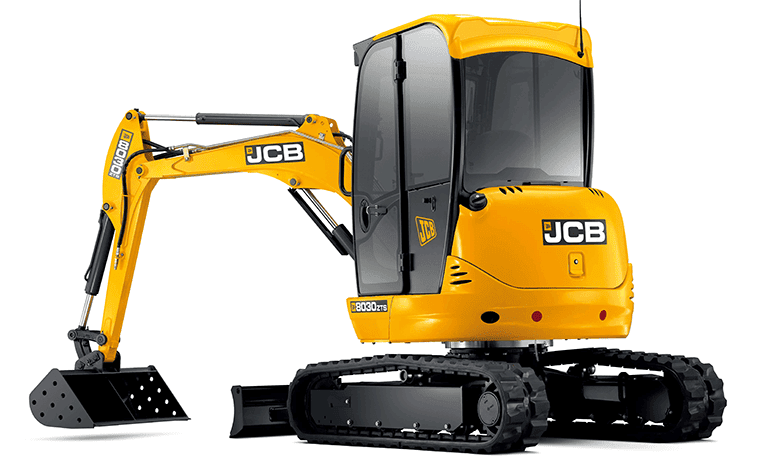
التعرف على حفارة MIDI
الخصائص الفيزيائية لحفر ميدي
صورة متوسطة الحجم
يشبه Midi-excavators من Goldilocks من الحفارات-ليست كبيرة جدًا ، وليس صغيرة جدًا ، تمامًا. إنها أكبر من الحفارات الصغيرة ولكنها ليست ضخمة مثل أكبرها ، مما يجعلها خيارًا رائعًا في وسط الأرض.
نطاق الوزن
تزن هذه الآلات عادة ما بين 6 و 10 أطنان ، مثل وجود عدد قليل من السيارات على موقع البناء الخاص بك. هذا الوزن يمنحهم الاستقرار والقوة اللازمة لمختلف المهام.
طول الطفرة
الذراع الموجود على midi-excavator أطول من تلك الموجودة في حفارة صغيرة ، مما يعني أنه يمكن أن يتواصل بشكل أكبر لإنجاز المهمة.
المحرك والأنظمة الهيدروليكية من حفارة MIDI
قوة المحرك
لدى Midi-excavators محركات أكثر قوة مقارنة بالحفارات الصغيرة. فكر في الأمر على أنه امتلاك محرك سيارة أكبر - يمكنه التعامل مع الأحمال الثقيلة والوظائف الأكثر صرامة.
ميزات النظام الهيدروليكي
تم تصميم أنظمتها الهيدروليكية للتعامل مع مجموعة واسعة من المرفقات والرفع الأثقل ، مثل مجموعة أدوات متعددة الاستخدامات ذات قوة إضافية.
المرفقات والملحقات
شفرات الدرجات
هذه هي مثل السكاكين الدقيقة للبناء. تساعد شفرات الدرجات في جعل الأرض مسطحة تمامًا وسلسة لأشياء مثل الطرق والمؤسسات.
الإمالة الدوارات
فكر في هذه المعصمين الفائقين المرنة لذراع الحفارة. أنها تسمح للدلو أن يميل وتدوير ، مما يجعل من السهل الوصول إلى بقع صعبة.
الأحواض
Augers تشبه أجزاء الحفر العملاقة التي يمكن أن تحفر ثقوب عميقة. يتم استخدامها في مهام مثل زراعة الأشجار أو إعداد الأعمدة.
الشركة المصنعة ونموذج تحديد النموذج
شركات تصنيع midi-excavator ذات السمعة الطيبة
العلامات التجارية الجديرة بالثقة مثل Komatsu و Hyundai و JCB معروفة بتصنيع موثوقية موثوقة.
رموز النموذج فك التشفير
مثل قراءة رقم الطراز على هاتفك ، فإن فهم رمز النموذج الموجود على midi-excavator يساعدك على تحديد حجمه وميزاته. إنه مثل امتلاك رمز الغش لفهم الجهاز بشكل أفضل.
تقييم احتياجات الحفر الخاصة بك
تحديد نطاق مشروعك
ابدأ بمعرفة ما تحتاجه بالضبط للحفارة. هل هو مشروع صغير للمناظر الطبيعية في الفناء الخلفي أم وظيفة بناء أكبر؟ إن معرفة النطاق يساعدك على اختيار الحجم والقوة المناسبة.
Mini vs. Midi: أيهما مناسب لك؟
قرر ما إذا كان الحافظة الصغيرة أو المتوسطة مناسبة بشكل أفضل ، اعتمادًا على مشروعك. تعد الحفارات الصغيرة رائعة للمهام الأصغر ، في حين أن حفارات MIDI تتعامل مع وظائف متوسطة الحجم.
اعتبارات الميزانية
Consider your budget. Mini excavators are usually cheaper to rent or buy than midi excavators, so make sure they align with your finances.
الإيجار مقابل الشراء
Think about whether you want to rent or buy the excavator. Renting can be cost-effective for short-term projects while purchasing might be better for long-term use.

الصيانة والرعاية
نصائح صيانة الحفريات العامة
من المهم العناية الجيدة بأي حفارة. تحقق من زيت المحرك والسائل الهيدروليكي ، وتأكد من أن الأجزاء المتحركة مدهونة. حافظ على نظافة فلاتر الهواء ، وانظر إلى المسارات أو الإطارات لمعرفة ما إذا كانت تلبس. الحفارة المحفوظة جيدًا تدوم لفترة أطول وتفعل وظيفتها بشكل أفضل.
صيانة الحفريات الصغيرة
الحفارات الصغيرة لها أجزاء ومحركات أصغر. قم بتغيير الزيت والمرشحات كما يقول الدليل ، وتأكد من أن المسارات الصغيرة في حالة جيدة. زيت المفاصل وتأكد من أن الأدوات الإضافية متصلة بشكل آمن.
الصيانة midi-excavator
لدى Midi-excavators محركات أكبر وأنظمة هيدروليكية. قم بتغيير الزيت ، ومبادلة المرشحات ، والتحقق من السائل الهيدروليكي في كثير من الأحيان. انظر إلى الجزء السفلي والأدوات الإضافية لمعرفة ما إذا كان كل شيء على ما يرام.
أهمية عمليات التفتيش العادية
غالبًا ما يساعدك التحقق من حفارةك في مواجهة المشاكل في وقت مبكر قبل أن تزداد سوءًا وأكثر تكلفة. يشبه الذهاب إلى الطبيب لإجراء عمليات الفحص للبقاء بصحة جيدة-القليل من الصيانة تساعد جهازك على البقاء في حالة جيدة.
احتياطات السلامة
أساسيات سلامة الحفريات
قبل استخدام أي حفارة ، من الضروري معرفة بعض أساسيات السلامة. ارتد دائمًا حزام الأمان في مقعد المشغل ، ولا يسمح لأي شخص أبدًا بالوقوف بالقرب من الأجزاء المتحركة. احتفظ بمسافة آمنة من منطقة الحفر ، وتأكد من أن الجهاز على أرض مستقرة لمنع التحول.
سلامة الحفريات الصغيرة
عند تشغيل حفارة صغيرة ، انتبه إلى حجم صغير من الحجم الصغير. احترس من الفروع أو خطوط الطاقة المنخفضة ، وكن حذرًا عند العمل على المنحدرات. حافظ على المارة بعيدًا ، لأن الحجم المدمج قد يجعل من الصعب عليهم اكتشاف الجهاز.
السلامة midi-excavator
تكون المنقوفات MIDI-excavors أكبر ، لذلك حافظ على مسافة آمنة من الجهاز وأي مخاطر محتملة. كن على دراية بالوصول الأطول للذراع ووزن الماكينة.
تدريب المشغل
التدريب المناسب أمر بالغ الأهمية للتشغيل الآمن. تعلم التحكم في الحفارة ، وفهم حدوده ، واتباع إرشادات السلامة. يضمن تدريب المشغل ، مثل تعلم القيادة ، أن تتمكن من استخدام الحفارة بأمان وفعالية.
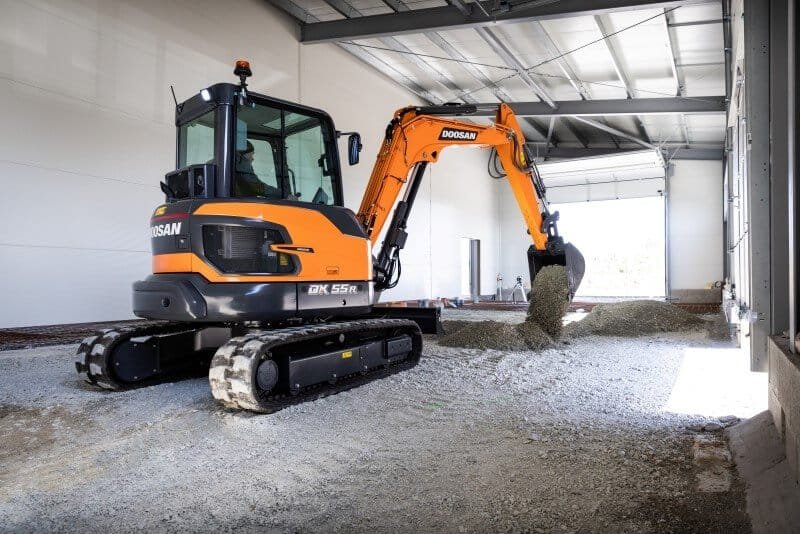
Midi Excavator vs. Mini Excavator: خاتمة
إن فهم الحفارات المصغرة والموتاة المتوسطة يشبه كونك بطلًا خارقًا للبناء. إن معرفة حجمها وقوتها وما يستخدمونه من أجله يساعدك على اختيار المناسبة للوظيفة. الحفارات الصغيرة صغيرة ورائعة للمهام الصغيرة ، في حين أن المنافسات المتوسطة أكبر والتعامل مع وظائف متوسطة الحجم.
Safety, keeping them in good shape, and figuring out their model numbers are all important. With this knowledge, you’re like a pro in the construction world, ready to take on any project. So, go out there and dig safely and effectively!
Reach Out to Our Experts Today For Purchasing a Mini or Midi Excavator.

